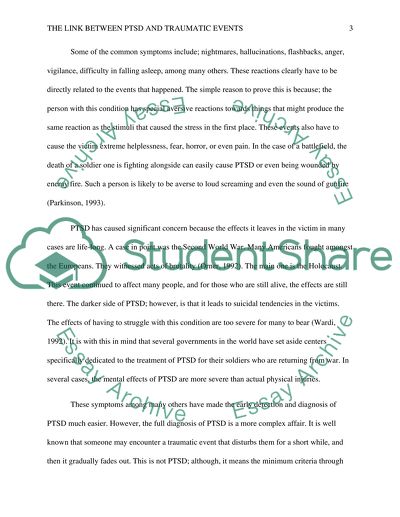Cite this document
(“The Link Between PTSD and Traumatic Events Essay”, n.d.)
Retrieved de https://studentshare.org/psychology/1469654-are-traumatic-events-central-to-understanding-the
Retrieved de https://studentshare.org/psychology/1469654-are-traumatic-events-central-to-understanding-the
(The Link Between PTSD and Traumatic Events Essay)
https://studentshare.org/psychology/1469654-are-traumatic-events-central-to-understanding-the.
https://studentshare.org/psychology/1469654-are-traumatic-events-central-to-understanding-the.
“The Link Between PTSD and Traumatic Events Essay”, n.d. https://studentshare.org/psychology/1469654-are-traumatic-events-central-to-understanding-the.


